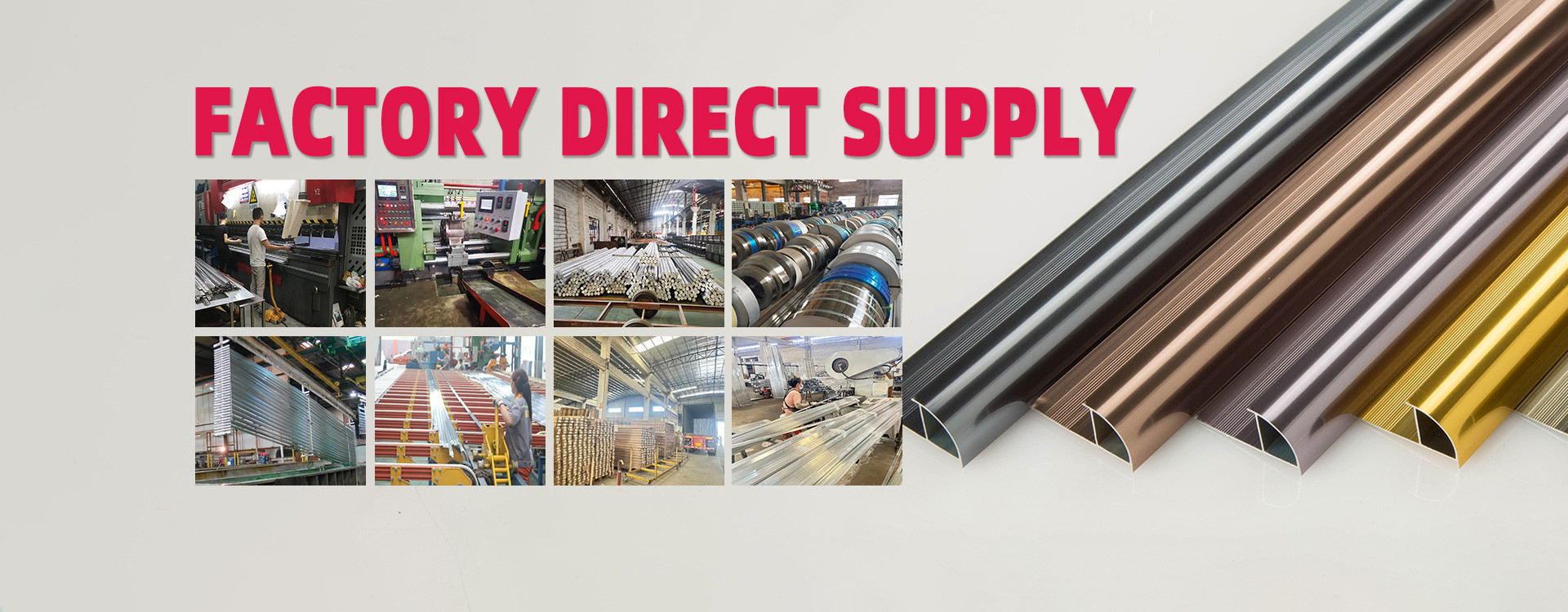Decorative Aluminum Tile Trim Quarter Round On Tile Metal Border Tile Edging Trim
Design: Quarter Round Tile Trim
Color: Copper Effect/customized
Product NamOutside Corner Tile Trime: Copper Quarter Round On Tile Corner Edging Aluminum Tile Trim Metal Tile Border






